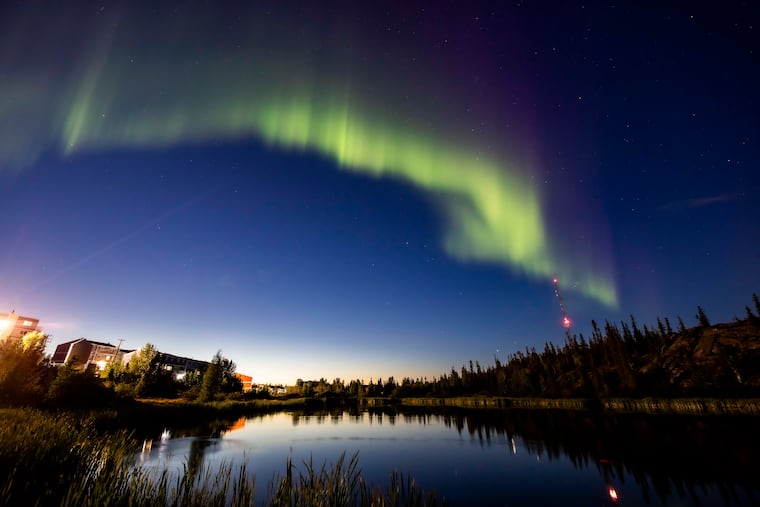Sunspots have reached a 23-year peak, so when might Philly see the northern lights?
The peak storm activity could continue into early 2025, which would give the Philly region at least a shot at seeing the aurora as the nights lengthen.

The peak storm activity could continue into early 2025, which would give the Philly region at least a shot at seeing the aurora as the nights lengthen.
